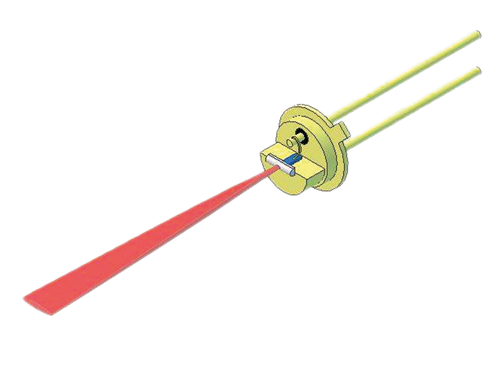Alaskan
0
- Joined
- Jan 29, 2014
- Messages
- 12,025
- Points
- 113
Quote: Robert, Redcowboy:
That's good news about the backfill gas being added back !
I am thinking about how these FAC will act upon the beam, also he has a version with a bar shaped output but it could be the better far field performer, I will test the 4w 445 FAC when I get it and look for your results with the green, I have several 1w green builds but I have long wanted to correct that bar shaped spot, if these FAC diodes have a clean output and perform well then I will have to buy some and the blues will be better for knife edging now that they have this FAC, no need for incorporating the c-lens pair.........dam I still have PBS cubes and that host you sent me, these may be just what the Dr. ordered...........just use a coli lens and align to the cube, could even skip the rotator and just rotate one beam 90 to PBS combine 2 beams.
That thought occurred to me too, we can PBS cube combine two diodes which are FAC corrected like this without a plus, or + shape being made, no need for a rotator! Just a nice square
Edit: The diodes I ordered are being sent to Robert/CDBEAM777, he will need to report on them as I won't have them until he is done with a build he is doing for me.
Last edited:








